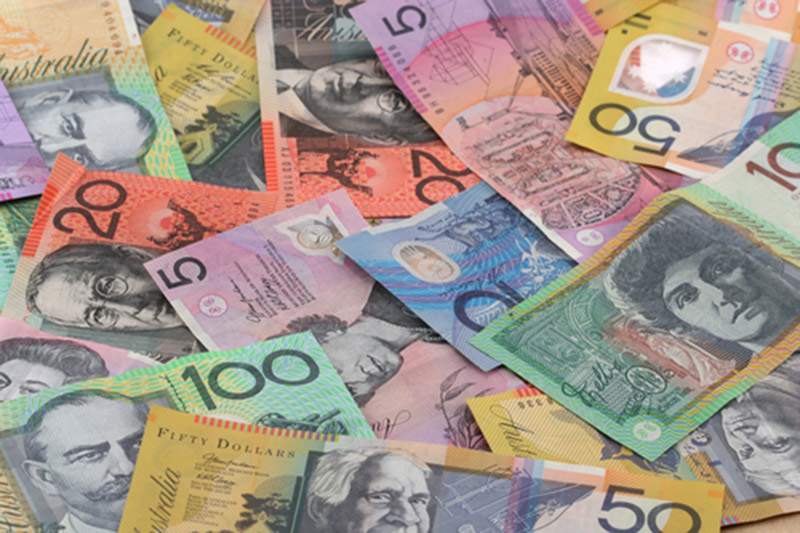Street Calls of the Week
* PBOC sets yuan mid-point at weakest levels since Oct 2012
* Dollar steady close to 2-month highs vs yen
* Lower U.S. yields keep dollar's upside capped
* Markets ponder likelihood of Fed hike in wake of China move
By Lisa Twaronite
TOKYO, Aug 12 (Reuters) - The Australian dollar tumbled to its lowest level since 2009 on Wednesday after the Chinese central bank set the midpoint for its yuan at the weakest level since October 2012, firing another salvo in what some fear could be the start of a currency war.
The People's Bank of China set the midpoint rate at 6.3306 per dollar prior to market open, weaker than the previous fix of 6.2298 and 75 points weaker than previous day's market close of 6.3231.
The PBOC central bank surprised markets on Tuesday by aggressively lowering its guidance rate, pushing the yuan down nearly 2 percent.
The Aussie, widely considered a proxy for China plays, was last down 0.9 percent at $0.7234, after plunging as low as $0.7217.
"Focusing on the Aussie dollar, it's dropping, on concern about what China's official attitude is," said Masashi Murata, senior currency strategist at Brown Brothers Harriman in Tokyo.
Chinese policymakers "didn't do such a devaluation even during the Lehman Crisis [in 2008], but they're doing it now, which means they may have strong concerns about their growth and economy," he said.
China's devaluation of the yuan, which began on Tuesday, should not be seen as it embarking on a devaluation trend, the central bank's chief economist, Ma Jun, wrote in the official People's Daily on Wednesday.
The International Monetary Fund said on Wednesday that China's move to change the mechanism for setting its daily yuan guidance "appears a welcome step" as it should allow market forces to have a greater role in determining the exchange rate.
The United States on Tuesday warned China that any wavering in its commitment to a more market-determined exchange rate would be "troubling," though a U.S. Treasury official said it was unclear if Beijing's yuan devaluation marked such a step.
A key question for investors is how the People's Bank of China's unexpected move might affect the timing of the U.S. Federal Reserve's long-awaited increase in interest rates, which many believe could still come as early as next month, given improving U.S. economic data.
"While the move by the PBOC highlights the risks to the U.S. outlook, we retain our call for a September hike, but believe the probability has fallen somewhat, as the move may raise FOMC concerns about global growth and inflation pressures," strategists at Barclays (LONDON:BARC) said.
Data released on Tuesday showed U.S. nonfarm productivity rebounded in the second quarter, but a weak underlying trend suggested inflation could pick up more quickly than economists thought.
U.S. Treasury yields dropped to three-month lows, keeping the dollar's gains in check, with the benchmark 10-year note yield US10YT=RR at 2.099 percent in Asian trading, compared to its U.S. close of 2.139 percent.
Against the yen, the dollar was nearly flat at 125.14 JPY= after rising as high as 125.24 yen earlier, its highest since early June.
The Japanese currency was 138.38 against the euro EURJPY= , which rose as high as 138.42 yen, its highest level since June 26. The euro rose 0.1 percent to $1.1055 EUR= , not far from a nearly two-week high of $1.1089 touched on Tuesday.
Markets will also monitor Chinese data to be released later in the session, to gauge the strength of industrial production and fixed asset investment.
